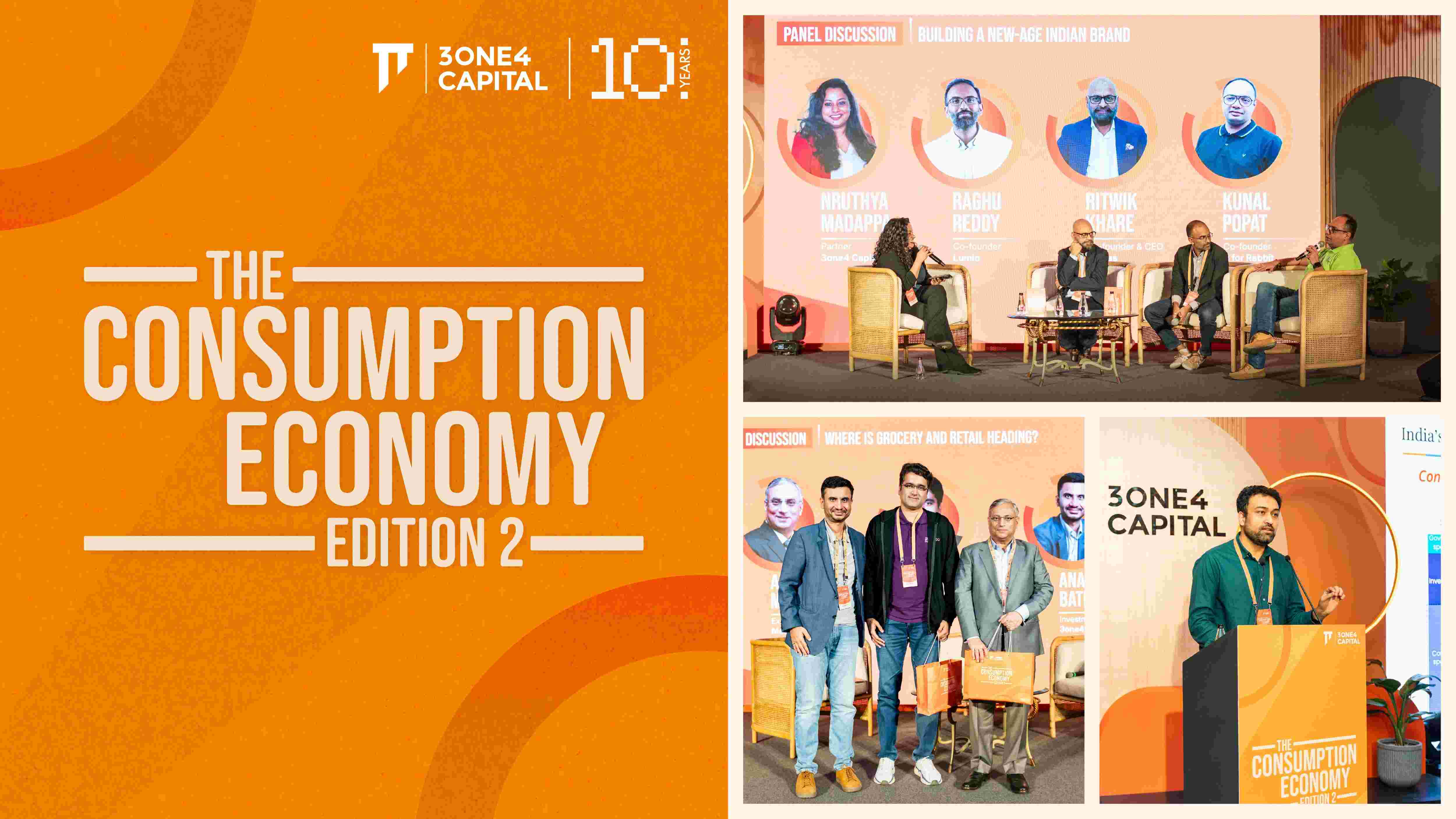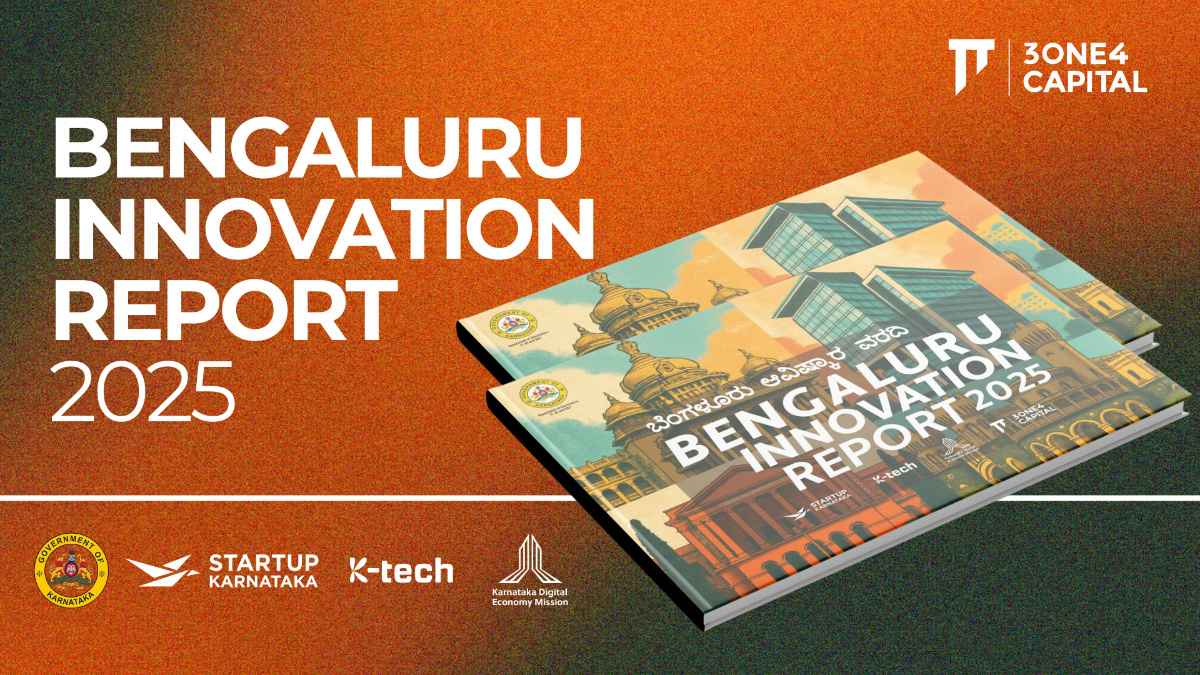
From Start-up to IPO: Navigating the B2B Commerce Journey in India
India's B2B commerce landscape has witnessed meteoric growth over the past decade, with a gross merchandise volume (GMV) exceeding USD 100 billion and value creation surpassing double that figure. This remarkable rise is built on the foundation of transforming the historically inefficient supply chains, addressing pain points like discovery, access, credit, fulfillment, and pricing. In this blog, we’ll delve into the current trends shaping this dynamic sector and explore how early-stage investors' perspectives are evolving on this promising theme.
Strategic Shift from Distribution Models to Value-Driven Ecosystems
The evolution of B2B commerce models has led to a shift away from distribution-centric approaches. In the previous wave, numerous businesses achieved scale in various verticals by focusing on distribution without firmly establishing a stronghold on either the supply or demand side. A significant portion of this growth was driven by leveraging credit or working capital rotations, often without creating substantial competitive advantages or moats. One of the primary challenges of this model is the constant need for additional working capital to fuel growth, which frequently results in exposure to high credit risks and subprime borrowers.
This approach has, at times, led to businesses expanding beyond their initial verticals or Ideal Customer Profiles (ICPs). This expansion frequently resulted in significant bad debts, eroding an entire year's profits. Moreover, the model was sensitive to interest rate fluctuations, which could severely impact the already slim profit margins.
Another consequence of this approach was the emergence of practices like 'bought revenue' — where businesses routed transactions through the company's books in exchange for credit. This artificially inflated Gross Merchandise Value (GMV) but failed to generate real business or value.
In contrast, the most successful companies in this domain have adopted more sustainable strategies, such as:
- Prioritising cash flow management over mere Profit & Loss (P&L) expansion.
- Identifying and leveraging their 'right to win', often by forming strategic collaborations with either buyers or suppliers. Notably, many have found success by aligning with the supplier side, transforming themselves into master distributors.
- Developing a holistic ecosystem that includes expansion into adjacent markets, forming go-to-market partnerships, and harnessing market intelligence data.
Transition to Supply Chain Financing
Despite substantial investments in catering to MSMEs through enhanced service level agreements (SLAs), competitive pricing, average order values (AOVs), and delivery turnaround times (TATs), many B2B providers have struggled to expand beyond their core regions. Expansion efforts often face operational complexities and high costs, leading to extended payback periods and reduced returns. A critical realisation from these ventures is the limited potential for premiumisation while grappling with narrow margins.
This reality has spurred the rise of Supply Chain Financing (SCF) models, which address the more pressing issue for this demographic: the need for credit. Unlike the traditional focus on access and distribution, SCF models aim to bridge the credit gap. A growing number of lending entities are now adopting a verticalized approach, targeting this group with go-to-market strategies (GTMs) that often involve collaborations with anchors and/or distributors. Such partnerships not only aid in maintaining credit discipline but also help in reducing delinquencies.
B2B Commerce Rides the "Make in India" Wave
The manufacturing sector is witnessing the emergence of new players, buoyed by macroeconomic tailwinds such as the 'China + 1' strategy, coupled with incentives like Production-Linked Incentive (PLI) schemes and a focus on domestic manufacturing for export. These developments are catalysing a boost in indigenous manufacturing capabilities. In this evolving landscape, intermediaries are increasingly taking on roles as contract manufacturers or original design manufacturers (ODMs). By leveraging existing supply capacities, they are able to add more value and, consequently, achieve higher margins.
This trend is evident across various industry verticals, including Printed Circuit Boards (PCBs), electronics, light engineering products, automobiles, home furnishings, and chemicals. These sectors are witnessing a shift towards more integrated and value-added manufacturing processes, underlining a strategic move towards higher profitability and greater efficiency in the manufacturing domain.
Factoring Cost of Debt in Operating Margins
One of the most pressing challenges for B2B commerce entities is the optimisation of working capital (WC). The relentless requirement to inject more working capital has emerged as a significant growth impediment for numerous companies. Companies find themselves caught in a seemingly endless cycle: the necessity for more working capital leads to increased debt, which in turn necessitates additional equity. This additional equity is contingent upon growth, but such growth itself relies on the availability of more working capital.
Hence, investors are increasingly favoring an assessment of operating margins that accounts for the cost of working capital. To accurately reflect the business's true profitability, the real Contribution Margin 1 (CM1) should be recalculated to account for these factors. This refined calculation of CM1, integrating working capital expenses, offers a more realistic view of the company's financial performance and sustainability.
For a business with a 5% CM1 (Contribution Margin 1) and a 60-day working capital cycle, assuming a 15% cost of debt:
- CM1 margin = 5% - 15%*(60/365) = 2.5%.
- Factoring in marketing and fixed Head Office (HO) costs, the EBITDA (Earnings Before Interest, Taxes, Depreciation, and Amortisation) or PAT (Profit After Tax) margin could be less than 1%.
- To achieve an EBITDA/PAT of INR 100 Crore, a working capital of approximately INR 1600 Crore (or about USD 200 Million) is needed.
- With a conservative debt-to-equity ratio of 1:1, the business would require the same amount in cumulative equity, i.e., INR 1600 Crore.
- Based on growth prospects, the company could be valued between 20x to 30x of the equity infusion. This results in a valuation range of INR 2000 Crore to INR 3000 Crore, based on an equity infusion of INR 1600 Crore.
The calculation illustrates the challenge for investors in achieving a high Internal Rate of Return (IRR). High working capital needs and low profitability margins make it difficult to realise significant returns, especially considering the substantial equity required.
A lot many companies attempt to offload their receivables by bill discounting or other off-balance sheet tools at a certain cost to the margin profile. Discounting is a factor of the customer profile and has a recourse and, hence, the quality of receivables matter a lot. Companies which are stuck with low margin profile as well as bad debts are finding it difficult to sustain and grow.
Asset-Light to IPO-Ready
While starting off with an asset light model would always be to the core of a commerce model to begin with, investors need clarity on what is the matured state to underwrite and path to achieve that. While the ultimate goal for both founders and investors is to get the company to IPO, what it takes to get there always remains an ever-evolving question in terms of scale as well as value proposition.
Public markets, while not the sole benchmark, often serve as a vital reference point. This is evident in the diversity of successful IPO examples, ranging from large service providers like L&T, to agro-commodity firms like Shree Renuka Sugars, white goods manufacturers such as Dixon Technologies, Contract Development and Manufacturing Organisations (CDMOs) like Laurus Labs, and building materials companies including Greenlam. These cases not only illustrate the diversity of paths to IPO but also highlight strategic approaches to building competitive moats in the value chain, such as backward integration, developing private labels, and brand building. These strategies are crucial for optimising margins and enhancing the Return on Capital Employed (RoCE) profile, setting the stage for a successful public market debut.
DISCLAIMER
The views expressed herein are those of the author as of the publication date and are subject to change without notice. Neither the author nor any of the entities under the 3one4 Capital Group have any obligation to update the content. This publications are for informational and educational purposes only and should not be construed as providing any advisory service (including financial, regulatory, or legal). It does not constitute an offer to sell or a solicitation to buy any securities or related financial instruments in any jurisdiction. Readers should perform their own due diligence and consult with relevant advisors before taking any decisions. Any reliance on the information herein is at the reader's own risk, and 3one4 Capital Group assumes no liability for any such reliance.Certain information is based on third-party sources believed to be reliable, but neither the author nor 3one4 Capital Group guarantees its accuracy, recency or completeness. There has been no independent verification of such information or the assumptions on which such information is based, unless expressly mentioned otherwise. References to specific companies, securities, or investment strategies are not endorsements. Unauthorized reproduction, distribution, or use of this document, in whole or in part, is prohibited without prior written consent from the author and/or the 3one4 Capital Group.

.png)












